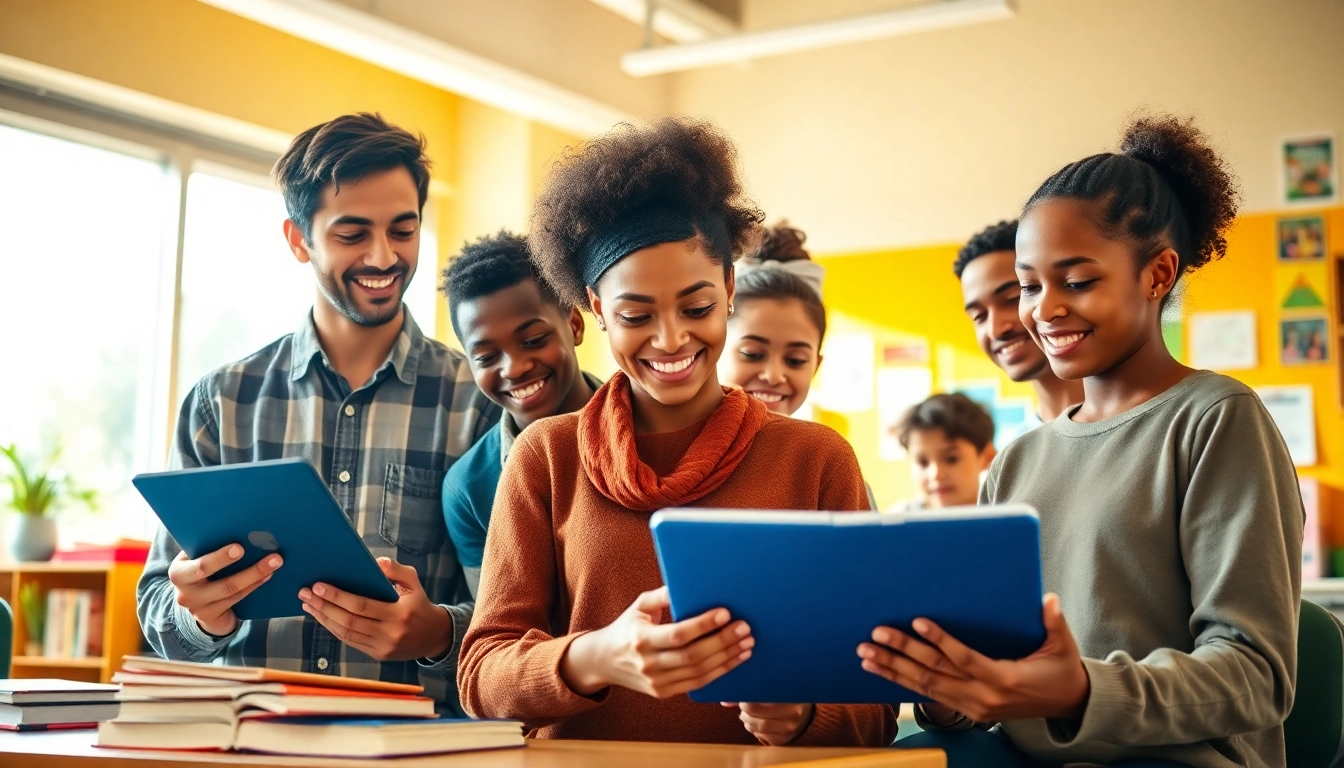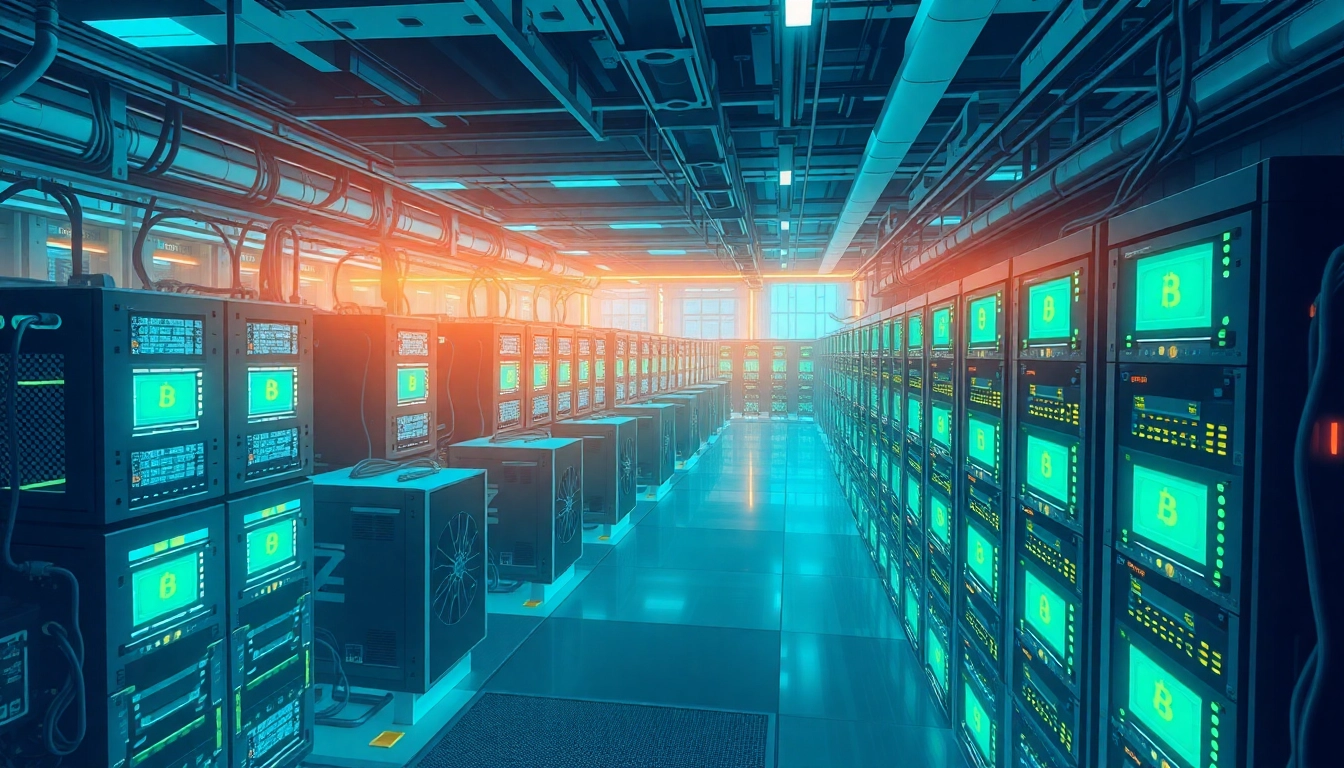Understanding Educational Resources
What Are Educational Resources?
Educational resources encompass a vast array of materials and tools designed to enhance the learning experience. These resources range from textbooks and online courses to interactive simulations and educational games. Specifically, educational resources can be categorized into two overarching types: traditional resources and open educational resources (OER). Traditional resources typically include items that are published and sold through conventional channels, while OER are freely accessible materials that can be utilized, adapted, and shared by anyone.
The Importance of Open Educational Resources
Open Educational Resources (OER) represent a transformative movement within the educational landscape. Their significance lies in their accessibility and affordability, which are crucial for democratizing education globally. According to UNESCO, OER are defined as teaching, learning, and research materials that are either in the public domain or published under an open license, permitting their free use and modification. This opens doors for educators and students alike, enabling them to share knowledge beyond geographical and economic barriers. For extensive insights and resources, visit educational resources that promote learning.
Types of Educational Resources Available
Educational resources can be categorized into multiple types to better meet the diversity of learning needs:
- Textbooks and E-books: Essential for structured learning in various subjects.
- Online Courses: Platforms like Coursera and Udemy offer courses from various educational institutions.
- Multimedia Resources: Videos, podcasts, and interactive content that enhance engagement.
- Open Educational Resources: These include OER textbooks, lessons, and other materials that are free to access.
- Assessment Tools: Quizzes and tests that help gauge understanding of the material.
- Learning Management Systems (LMS): Tools such as Moodle and Blackboard facilitate course management and student engagement.
Accessing Educational Resources
Finding Quality Educational Resources Online
In today’s digital age, accessing quality educational resources has never been easier, yet it can also be overwhelming due to the sheer volume available. Educators and learners should consider utilizing reputable platforms and databases such as:
- OER Commons: A comprehensive hub for discovering teaching and learning materials.
- Merlot: A curated collection of free online teaching and learning resources.
- OpenStax: Offers free, peer-reviewed, openly licensed textbooks.
- Google Scholar: A powerful search engine specifically for scholarly literature.
Free vs. Paid Educational Resources
The debate between free and paid educational resources often revolves around quality vs. accessibility. While free resources, particularly OER, provide a wealth of knowledge without financial constraints, they may lack the support and structure found in paid materials. Paired with the rise of online platforms, many paid resources also offer discounts or trial periods, making them more accessible than ever. It’s crucial for educators to weigh the benefits of each and align their resource choices with their educational goals.
How to Choose the Right Educational Resources for You
Choosing the right educational resources requires careful consideration of several factors, including:
- Alignment with Learning Objectives: Ensure the resource aligns with specific educational goals.
- Target Audience: Understand the needs and skill levels of the learners.
- Accessibility: Consider if the resource is easily accessible on various devices and platforms.
- Licensing and Usability: For OER, evaluate the licenses (e.g., Creative Commons) to determine what modifications can be made.
Implementing Educational Resources Effectively
Best Practices for Educators
Implementation of educational resources should follow best practices to maximize their effectiveness. Educators should:
- Integrate Resources Into Curriculum: Seamlessly blend educational materials into lesson plans to enhance learning experiences.
- Incorporate Varied Formats: Use a mix of textual, visual, and auditory resources to cater to different learning styles.
- Provide Guidance and Training: Offer support to students and fellow educators on how to effectively utilize available resources.
- Gather Feedback: Regularly seek feedback from students to understand what works well and what could be improved.
Integrating Educational Resources into Curriculum
Integrating educational resources into the curriculum can be achieved through several strategic approaches:
- Thematic Units: Create thematic units where various resources complement each other, enhancing overall comprehension of topics.
- Blended Learning: Combine traditional teaching methods with online resources for a hybrid approach.
- Project-Based Learning: Engage students with educational resources that support hands-on projects and real-world problem-solving.
Evaluating the Impact of Educational Resources on Learning
To assess the effectiveness of educational resources, educators should implement evaluation metrics such as:
- Student Performance: Analyze improvements in grades and assessments pre- and post-implementation of the resources.
- Engagement Levels: Monitor student participation and enthusiasm when using various resources.
- Feedback Mechanisms: Utilize surveys or focus groups to gather student perspectives on resource effectiveness.
Challenges and Solutions in Using Educational Resources
Common Barriers to Accessing Educational Resources
Despite the wealth of resources available, several barriers may hinder access, including:
- Cost Constraints: Some high-quality resources come with a price tag, limiting access.
- Digital Divide: Not all students have equal access to the internet or devices necessary for online resources.
- Information Overload: With so many resources available, determining which are of the highest quality can be overwhelming.
Overcoming Challenges in Resource Implementation
To overcome these challenges, consider the following approaches:
- Sourcing Funding: Look for grants or sponsorships that can alleviate costs related to educational materials.
- Collaborative Learning: Encourage group work or partnerships to ensure that resources are accessible to all students.
- Curated Lists: Develop resource guides that simplify the search for quality materials.
Success Stories from Educators and Learners
Numerous case studies demonstrate the positive impact of integrating educational resources, particularly OER, into the learning process. For instance, schools that adopted OER reported improved student engagement and academic performance. Some educators utilized OER in project-based learning environments, where students tackled real-world problems using freely obtainable resources. These success stories highlight the potential for educational resources to transform traditional learning environments.
The Future of Educational Resources
Trends in Educational Resources Development
The landscape of educational resources is continually evolving, driven by advancements in technology and pedagogy. Key trends include:
- Personalized Learning: Tailoring educational resources to meet individual learner needs is on the rise, with adaptive learning technologies gaining popularity.
- Cultural and Linguistic Inclusivity: Resources that reflect diverse cultures and languages are increasingly prioritized in resource development.
- Microlearning: Short, interactive segments of learning are becoming popular, catering to shorter attention spans.
The Role of Technology in Educational Resources
Technology plays a pivotal role in democratizing access to educational resources. Innovations such as virtual reality, AI-driven learning platforms, and mobile applications are reshaping how information is presented and consumed. This technology is not only facilitating access to information but also enhancing the interactive component of learning.
How Educational Resources Are Shaping Future Learning Environments
As we move forward, the integration of educational resources into modern learning environments will continue to evolve. Emerging models like flipped classrooms, where traditional learning is reversed with the introduction of educational materials as homework, signify a shift. The potential for collaboration across geographical boundaries, made possible through online platforms, is reshaping educational practices, ensuring that quality education reaches a broader audience.



